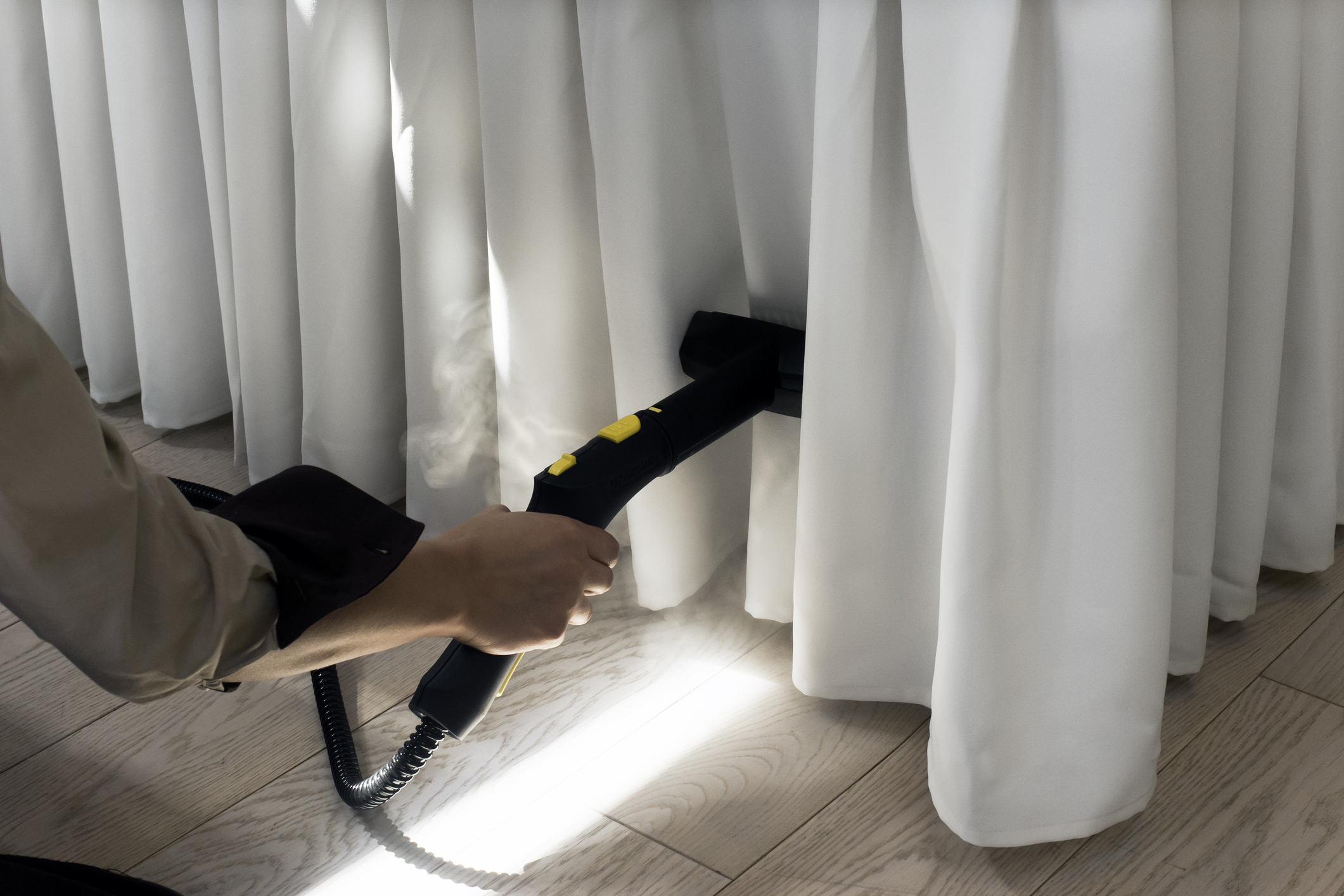When we think about the amount of contaminants inside a home it is little wonder that asthma and allergies are on the rise. There is regular, tracked-in dirt. But there are also microscopic contaminants that make their way indoors on the bottom of our shoes as residues and particulates too small to see with the naked eye. Over the past few decades more contaminants have been introduced in the form of synthetic chemicals found not only in household products like cleaning solutions, paint and adhesive removers but also in home furnishings themselves. Mattresses, wood composite furniture, certain carpet and flooring materials, textiles and even some forms of lighting emit pollutants that linger over time. And then, there’s microorganisms like mold and bacteria. In turn, these factors affect your indoor air quality.
Not only do soil and other contaminants degrade the value of your home if not addressed, they cause health risks to the inhabitants. All people have some health risk when exposed to VOC’s, pollen, dust, dust mites, pet dander, bacteria and mold. World Health Organization director general Dr. Tedros Adhanom Ghebreyesus, says air pollution is “the new tobacco.” However these pollutants “may be contributing to larger health issues or harboring contaminants that could cause serious problems for people with respiratory health conditions, autoimmune disorders or some environmental allergies,” according to the National Air Duct Cleaning Association.
What Cleaning Business Owners Can Do
You’re probably aware that our industry is trending from cleaning for appearance to cleaning for health. That objective implies both cleaning to restore the home to a sanitary condition by removing “enough bacteria to reduce the chance that germs will cause disease”[1] and cleaning to protect the indoor environment, including indoor air quality. Which is almost to say, things must be clean and they must be green. Perhaps better put, cleaning for health involves removing a reasonable amount of contaminants (beyond those one can actually see, to include microscopics) while not introducing new contaminants into the mix.
In terms of methodology, this involves cleaning with low VOC solutions that also include no toxins like carcinogens, neurotoxins, or endocrine disruptors. It also involves the use of microfiber cloths and mops to trap and contain particulate soils for thorough removal instead of cotton or paper cloth, which do a poor job of containment and often recirculate contaminants into the air. And finally, an advanced vacuum system with true HEPA filtration to contain and remove 99.97% of particulate matter that is 0.3 micrometers or larger (a thousandth of a millimeter).
Thoroughly dusting and vacuuming from top to bottom should eliminate most unwanted particulates and alleviate problems with airborne allergens but in homes where residents have allergy or asthma problems more in-depth or frequent cleaning should occur, where bedding is washed specially and upholstery and drapes are more regularly vacuumed. Maybe certain rooms or areas are deep cleaned every time. If a tailored cleaning program to address airborne particulates is not solving the issue stronger measures may be required. In extreme circumstances, you may find yourself advising homeowners to replace drapes with blinds and carpets with area rugs.
You may also find yourself coaching clients on other things they can do to help keep indoor air pollution at bay. As humans, it’s easy to agree with the practice that HVAC air filters should get changed every month. Yet many people don’t follow their own advice. With a little pre-planning cleaning business owners can incorporate filter change service in their offering once a month. And charge for it.
You may also advise your clients to have an HVAC duct inspection by a Certified Ventilation Specialist. The NADCA can help you find one in your area that you should meet and keep in your “rolodex” of cleaning-related subject matter experts. That is not to say that duct cleaning is a foregone conclusion. The CDC, EPA and NADCA agree that duct cleaning is warranted in situations where allergies or unexplained health problems exist. Interestingly, duct cleaning is not apparently viewed as a preventive measure by the experts. The EPA actually questions the practice asserting “duct cleaning has never been shown to actually prevent health problems.”
It is generally recommended that homeowners have the HVAC supply and return ducts inspected every two years and the air handling unit every year, in addition to annual cooling coil and drain pan cleaning. If there is unusual build-up of dust and other particulates a duct cleaning may be warranted. But duct cleaning done poorly can spread contaminants from the system into the rest of the home – the exact opposite result from what’s desired. The application of biocides or sealants to prevent home contamination through the ducts should be considered judiciously – they pose their own health risks. If mold is present, growing or dormant, a duct cleaning is probably in order. But if mold is present, an inspector certified in mold remediation should probably have a look to determine the health risks and whether mold is present elsewhere in the home.
The bottom line is that indoor air quality is a real concern of our business when an estimated 40 pounds of dust accumulates each year in the average six room home. Cleaning business owners who are attentive for the signs that deeper or more frequent cleaning or alternative chemistry or equipment is needed – and are equipped to provide these – to help support the health and well-being of their clients will foster more trust and loyalty from them. During the walk-through find out what health issues exist for residents and locate the areas within the home where they spend most time. Assess these for problem situations and possible cleaning customization. Review your equipment and methods to learn if individual or system-wide changes to your cleaning systems is needed. And finally, know which local subject matter experts to turn to when things are out of your scope. Having a strong “rolodex” is a great asset for any services provider.
[1] Kiser, David, Bruce Vance et al. “The Professional House Cleaning Technician’s Manual”, Institute for Service Excellence, 2011.
For more articles, subscribe to our newsletter!





